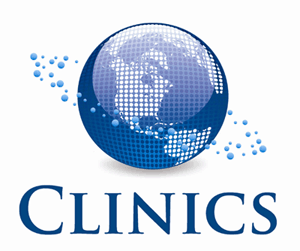I have never seen this forum light up like this before! Usually, the derm forum is a snooze.
Yes, I do offer all treatment options to patients. They make the informed decision on the treatments they choose.
Since we are all bunch of 15 years-out old-timers, let me get straight to the point. First of all, I am a society guy. I will never misrepresent myself as I believe my opinion is as valid as anyone else's. I got my own 15 years and 20000 cases of experience. My point of view is not unique to the society mohs surgeon. I know there are fellowship trained mohs who shared my view. To your question, I do not do Mohs on all my patients with truncal BCC. However, I present ALL treatment options to everyone, (Mohs, wide excision, SRT, Aldara, Cryosurgery). If you withhold options, the patients cannot make informed consent; even if you think the option is stupid it is your job to educate and not to omit. You can offer your opinion, but the patients have to be the ones making the decision. If you disagree, you can refuse to treat the patients and refer them to another dermatologist. But I believe by not at least mention all options, you run the same risk of the patients coming back saying why didn't you tell me about this superior treatment for truncal BCC that will give me 99% cure rate? Why is my mother getting ED&C with lower cure rate and with no pathology analyzed? Why is my father not getting the best treatment cure rate with the smallest scar?
We live in a world of third party payers. Where I am at, almost no one pay for their Mohs. If everyone pays for all their own surgery, this AUC/"why do you do Mohs on this and that hypothetical trucal BCC" will not even be a discussion. If the patients want Mohs or ED&C, they will pay for what they can afford. However, when Medicare or Private Insurance is paying for the procedures, everyone wants the best treatment and will question your integrity when you don't give it to them. Thus if the 1cm Trunal BCC is on my mother, I will want her to have the Mohs surgery. I would even pay for you to do it or do it myself. If your mother shows up at my office and you call me saying I want me to ED&C or excise it, I will do my very best to honor yours and her wish. Before you accuse me of the profit motive, I will say that I don't need to convert unwilling patients to Mohs to make a buck. There are plenty of patients who done their research and already come in wanting nothing else but Mohs no matter what I tell them... my mother included.
I don't believe in being the arbiter of health care resources and dollars; it is not my place. I believe in appropriate treatment with respect to patient's decision. I have good number of patients not wanting Mohs because they don't want to have to wait all day. They rather ED&C or Excision on the nose or scalp. I would inform them of the risk and if that is still their choice, I will document it and do it. I am not the one to block people from getting Mohs because I act as the "death panel" (per Sarah Palin) for Medicare in my office. The patient needs to know if the insurance do not authorize due to AUC, or refuse to pay, they are on the hook and I have they sign for it.
As I stated in previous post, Doing Mohs vs Excision cost the system roughly $250 more. It is not a wasteful proposition given the better visualization of the margins. For my profit margin, it is break-even whether I do one or the other since it cost me more staff and consumable to do Mohs. To inappropriately undertreat a skin cancer with ED&C will cost the system more in the long run. Therefore, I know I am not bankrupting the healthcare system as long as the patients are appropriately treated within the confines of their wishes.
The whole Society vs College/Who should get Mohs controversy will not get resolved soon. The disagreements have been going on since we are residents. We certainly are not going to find the consensus in this small forum. But allow me to say, it is still a pleasure to have a lively discussion and to hear different point of views.


